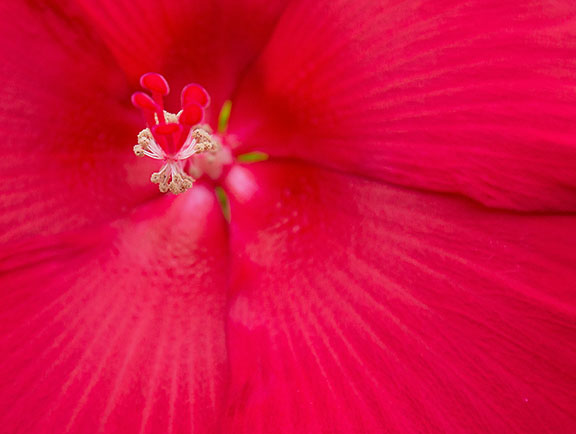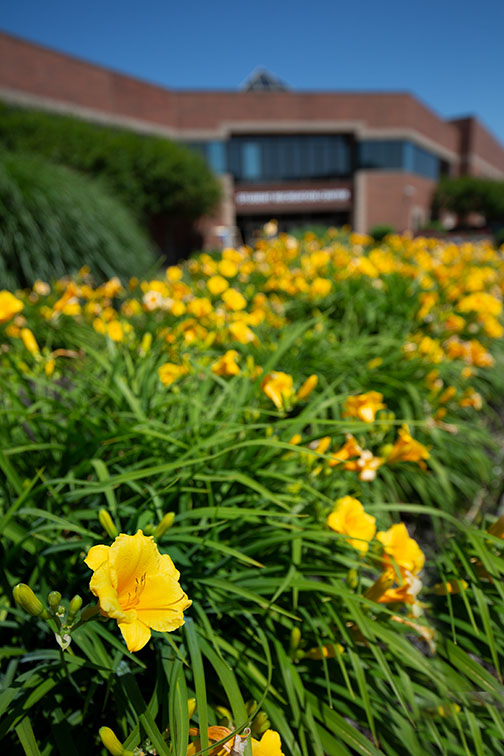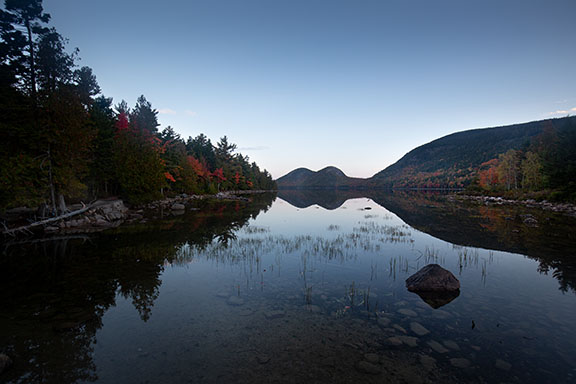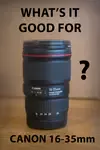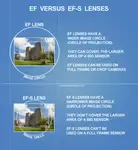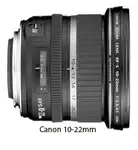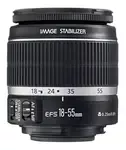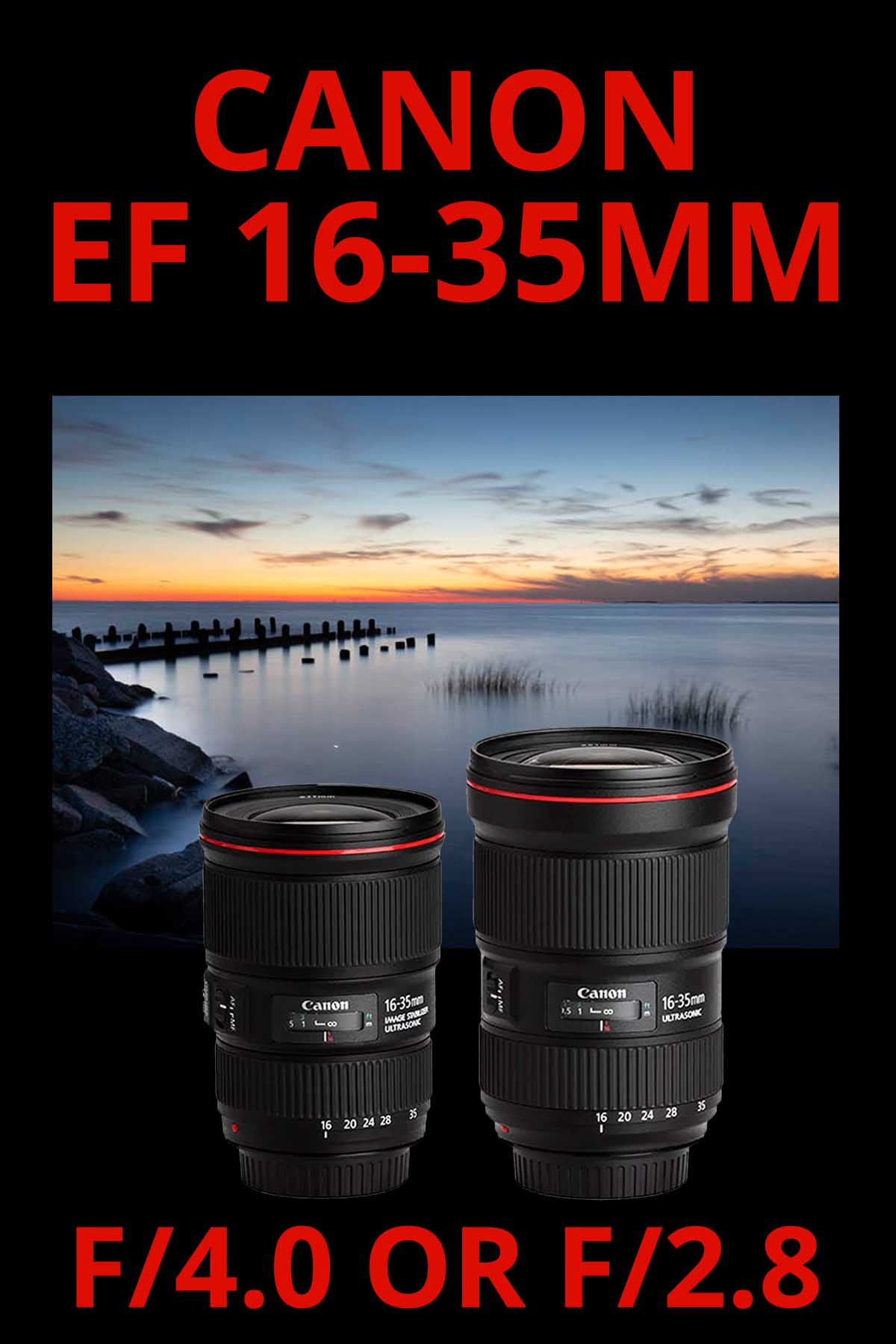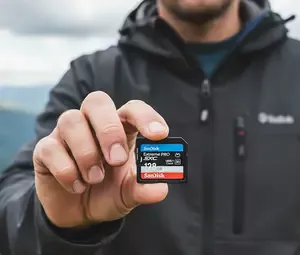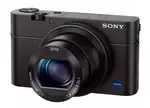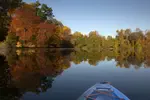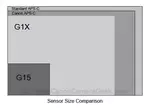Canon EF 16-35mm Comparison
Which 16-35 Lens is Best
WRITTEN BY: BRUCE LOVELACE
UPDATED: March 26, 2024
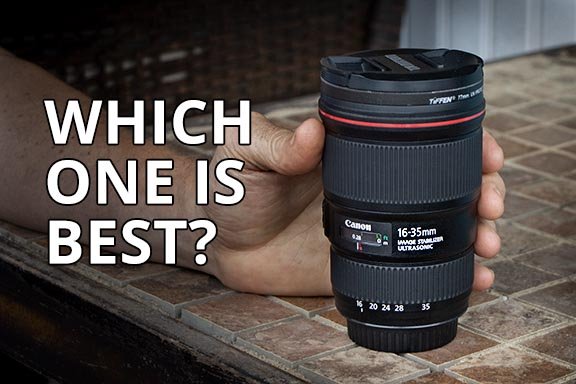 How to Choose the best version of the Canon EF 16-35mm Lens
How to Choose the best version of the Canon EF 16-35mm LensYou can't decide which version of the Canon EF 16-35mm is the best choice for you. I couldn't either. It's vital that you understand the differences between the 3 versions of the Canon EF 16-35mm lenses.
This side by side lens comparison of the Canon EF 16-35mm f/2.8 II, the Canon EF 16-35mm f/2.8 III, and the Canon EF 16-35mm f/4.0 IS will help you decide which version of the Canon 16-35 lens makes sense for you.
Here's a quick look at a table of the main differences between the Canon EF 16-35mm lenses and the specs that will influence your choice on which one to buy.
| CANON LENS | 16-35mm f/4.0 IS | 16-35mm 2.8 II | 16-35mm 2.8 III | Maximum Aperture | f/4.0 | f/2.8 | f/2,8 |
| Release Date | 2014 | 2007 | 2016 |
| Image Stabilization | YES - Up to 4 Stops | NO | NO |
| Filter Size | 77mm | 82mm | 82mm |
| PRICE | About $1100 | About $1800 | About $2200 | WEIGHT | 1.41 lb | 1.35 lb | 1.74 lb |
All 3 of these Canon wide angle zooms give you the same focal length range. All have the exact same minimum focusing distances and they all possess that excellent image quality you've come to expect with Canon "L" lenses.
Also, see the related posts on this website titled: Is the Canon 16-35 Worth It and Canon 16-35 f/4 Sample Images?
How do you choose which is the best Canon 16-35mm lens? There are 3 main factors to look at to help you pick the best lens for YOU, as well as a few minor factors to consider. We'll cover them all. The 3 main decision makers are maximum aperture, image stabilization, and price tag.
1. Canon 16-35mm Lens max aperture comparison
On the surface for geeks like me, the maximum aperture would appear to be the big Kahuna, the big difference maker when comparing the f/4.0 versus f/2.8 maximum apertures. The f/2.8 lenses can let in a full twice as much light as the f/4.0.
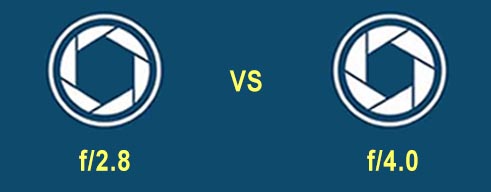 Choose either f/2.8 or f/4.0 as a maximum
Choose either f/2.8 or f/4.0 as a maximumWHERE MAXIMUM APERTURE MATTERS: Certainly, shooting indoors or shooting outdoors in dimly lit situations that extra full f/stop of light striking the sensor can be a difference maker. It enables you to either use a lower ISO setting for better image quality or it allows you to use a faster shutter speed to avoid blur from camera or subject movement.
Additionally, a wider aperture will give you a intentionally blurrier background because of a shallower depth of field. Professional wedding/event and professional landscape photographers (accept me) usually chose the 16-35mm f/2.8 lens.
WHERE MAXIMUM APERTUR DOESN"T MATTER: For most photography situations, f/4 is plenty wide enough for a maximum aperture. I primarily use my 16-35mm f/4.0 for shooting landscape photos. Usually, landscape photos are shot at f/8 or smaller so the extra wide f/stop is irrelevant. Slower shutter speeds aren't a factor with most landscape photographers who generally are using a tripod.
Advance amateur and photo enthusiasts chose the 16-35mm f/4.0 lens.
The photo below was taken with one of the Canon 16-35mm lenses at f/6.3. All 3 lenses would have given me the same result.
2. Canon 16-35mm Image Stabilization
The f/4.0 version of the Canon 16-35mm lens comes with image stabilization (IS), rated at up to 4 f/stops. Many newbie photographers are averse to using a tripod. The idea of being able to use very slow shutter speeds and still get sharp image hand held shooting because of image stabilization is a big bonus that only comes with the f/4.0 16-35.
Use your mouse to hover on and off the photo below to see what a big difference image stabilization can make.
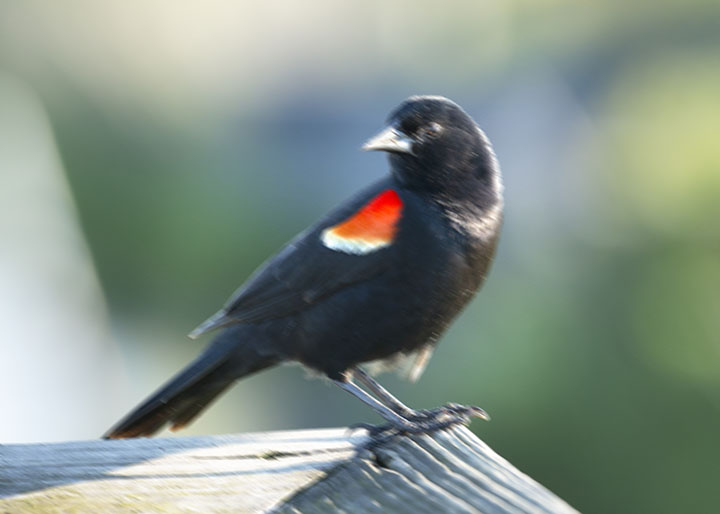
The f/2.8 versions of the 16-35mm lenses do not have IS capabilities. You may need a faster shutter speed or a tripod to get a sharp photo with motion blur when using one of the f/2.8 lenses without image stabilization.
3. Canon EF 16-35mm comparison Of Price
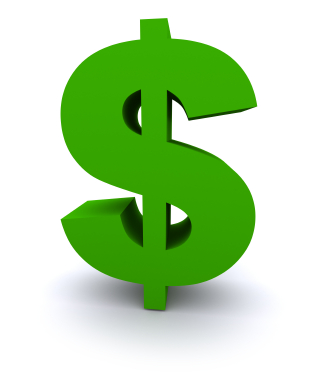
Price is usually the biggest consideration when looking at lenses is how much it will cost you. One of your goals is to save money on your wide angle lens.
While owning, and frequently buying and selling lenses as a Canon Geek, I like to save money too. A new 16-35mm f/4.0 lens costs only half as much money as the newer f/2.8 version III of the16-35mm lens.
The price difference between the version II and the version III of the lens is not as dramatic, but the version III is still almost 40% higher in price for a new one. See the updated, current price comparison below.
As an Amazon affiliate Canon Camera Geek receives a small commission from qualifying purchases, at NO added cost to you.
Other Differences in the 16-35mm Lenses
There are a few other differences in these three Canon wide angle lenses that might sway you in one direction or another when trying to pick the best choice for your shooting style and preferences.
1. Weight
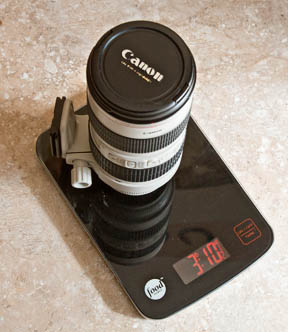
All three of the 16-35mm lenses weigh in fairly close to 11/2 lbs. The heaviest lens, the f/2.8 III is 23% heavier than the lightest, the f/4.0 model.
This was not a factor at all for me. It's unlikely a significant factor for you either, unless you are a minimalist backpacker, where every ounce that you carry is important.
2. Filter size comparison
The f/4.0 lens takes a 77mm filter. That's the same size filter thread as the 24-105mm f/4 and the 70-200mm f/2.8 lenses. The two f/2.8 lenses both take a 82mm filters. If you want to use any filters on different lenses, you will save money by only needing one size filter.
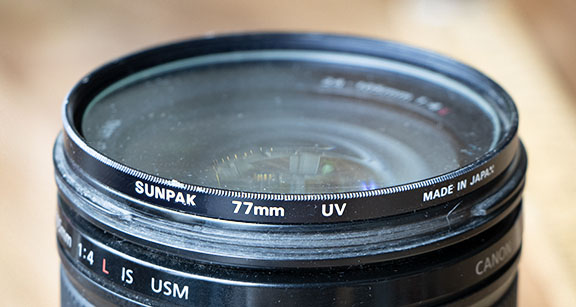 The 16-35mm f/4.0 lens takes a 77mm filter
The 16-35mm f/4.0 lens takes a 77mm filterThe 77mm filter is also the same size filter for the Canon 70-200 f/2.8 and the Canon 24-105mm f/4.0 lenses. This is a factor for me as I occasionally use a polarizing filter and neutral density filters.
3. Bokeh comparison between the Canon f/2.6 and f/4.0 Lenses
All three lenses, because of the optical properties that come along with wide angle lenses, naturally give you deep depth of field.
You need to use specific techniques to get good bokeh with any wide angle lens, including these with a focal length zoom of 16-35mm.
You can get an intentionally out-of-focus background with either the f/2.8 or the f/4.0 version of the Canon 16-35. Shooting with your lens wide open and focused on a close-up object will help.
See the amount of blur in the f/4.0 photo above The f/2.8 will give you a slight advantage in the degree of focus blur of the background.
which is the best Canon 16-35mm Lens
You have read about some of the variations in the specifications between the different Canon 16-35mm lenses, but which fits your desires for the right lens? Here's a table matching the best version for the type of photography you do.
| CANON LENS | PHOTOGRAPHY YOU DO |
| 16-35mm f/4.0 | You like to shoot without having to use a tripod and you want to take advantage of the only version of this lens with image stabilization. You like the 16-35mm focal length range and want to get a lens that is affordable. You don't want to use your lens for astrophotography. |
| 16-35mm f/2.8 II | You want a "fast" lens that does well in low light situations. You want to save some money, but still want outstanding image quality. You'd like to explore shooting the night time sky. You don't mind using a tripod when you're shooting with a slow shutter speed. |
| 16-35mm f/2.8 III | You want the very best quality optics that money can buy. Nighttime and astrophotography are two types of photography you'd like to try your hand at. You don't mind using a tripod when you're shooting with a slow shutter speed. |
Because of the wide angle of view, all of these lenses are good for shooting landscapes, architecture, group photos, interiors, strong perspective photos, videos and close-ups.
Here's a recent sample photo taken with my Canon EF 16-35mm lens. Any one of the different versions would have taken a great image using the same technique as I did here.
Canon EF 16-35 f/2.8 Vs f/4 Comparison For video
I shoot mostly stills with my Canon 16-35, but I'd be remiss not to include some thoughts on using one of the 16-35mm lenses for shooting video.
Watch this short but excellent video on choosing the best version of the 16-35 for video.
The forgotten version of the Canon 16-35mm f/2.8
I did not include the first version of the 16-35mm lens in this comparison which was released in 2001. It's now over 20 years old. That doesn't mean you shouldn't consider it. It still has the same 16-35mm focal lengths, so you can take the same photos as with the newer versions.
I just didn't include it in the comparison because it doesn't have the same modern design. The 3 updated versions compared here have pushed this original model back to almost forgotten status.
That's a shame because the first version of the Canon EF 16-35mm lens is still a solid lens and there are plenty of them in like new condition still around.
Although the all three of the versions discussed in this comparison post have better image quality, the first version is still a viable choice for the the most budget minded Canon shooters.
The original Canon16-35mm L lens was introduced in 2001. At that time it was the preferred choice of many Canon shooters for a full-frame zooming, wide-angle, low light lens.
I buy my used lenses now from KEH because of the excellent++ condition of the used lenses they sell.
My most recent purchase of a used lens from KEH was a Canon 50mm f/1.4 prime lens.
 WHERE I BUY
WHERE I BUYMY USED CANON GEAR
"I've found that the condition of the used equipment from KEH is excellent and a whole lot cheaper than buying new" - Bruce, the Canon Camera Geek
I hope this Canon 16-35mm lens comparison was helpful and it inspires you to use one, any one, to take some photos that you're proud of. To search for any topic relating to Canon equipment use the search box below. For relate topics, see the posts below my signature.
Search for articles on this Site:

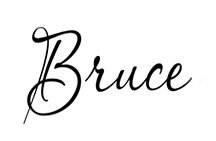
Bruce Lovelace is the publisher of Canon Camera Geek. Read more about him on the About Page. He also publishes how to articles and camera gear reviews at the Photography Tips website.
View some of Bruce's photos on Instagram and Flickr. Join the tribe of followers on YouTube. Bruce also runs photo workshops and provides 1 on 1 digital photography coaching.
Recent Articles
-
Choose the Right Memory Card for Your Canon R6 Mark II: Speed And Size
Nov 05, 25 02:04 PM
R6 Mark II Memory Card -
Canon G1x Mark II vs G1X-Side By Side Comparison of Canon G1X Cameras
Oct 22, 25 08:35 AM
G1 X Mark II vs. G1 X: Is the New Version a HUGE Leap... Or a Massive Mistake? Canon responded to the criticisms of the original G1X. Canon G1X Mark II vs G1X -
Sony RX100 III vs G1x Mark II by Canon. Side by Side Comparison
Oct 22, 25 08:07 AM
It's another one of those epic camera battles, this time not the Canon vs Nikon but rather the RX100 III Vs G1X Mark II battle. -
Canon R6 Mark II FAQ. Answers To All of Your Canon R6 M2 Questions
Sep 01, 25 07:51 AM
There's a lot you can easily learn about Canon's mirrorless R6 Mark II camera. Get your questions answered in this R6 Mark II FAQ -
Canon G1X Sensor Size. What Are The Specs on The Canon G1X Sensor
Aug 26, 25 11:39 AM
Here is a comparison of the Canon G1X sensor size with the rest of the "G" series Canon cameras -
Macro Photography With the Canon G1X Mark II- G1X Close-up Flowers
Aug 26, 25 11:24 AM
Use these helpful tips for your macro photography with the Canon G1X Mark II and its re-designed lens. Here are the sample close up photos of flowers
